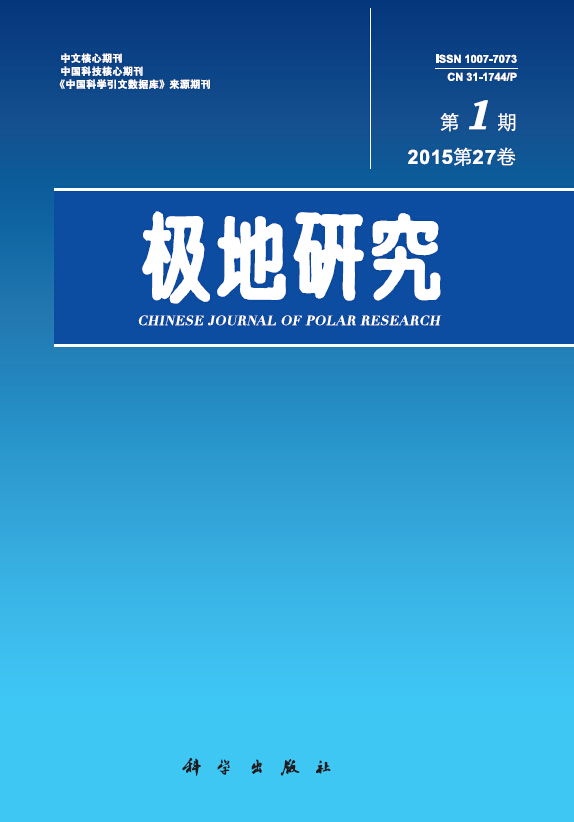Regional characteristics, large quantities, and wide applications have increased the importance of Antarctic krill as a strategic resource
. The characteristics of the Antarctic krill resource provide the basis for the formulation and implementation of the strategy for its commercial development, in accordance with the requirements of the development of the strategic emerging industries. Based on China’s strategy for ocean development and the characteristics of the Antarctic krill resource, this article evaluates the strategic capability of the krill resource and establishes goals regarding the development of its exploitation. Studies have shown that the primary areas of focus are the refinement of policies managing the utilization of the Antarctic krill resource, China’s Antarctic krill industrial development model and risk assessment, key technological breakthroughs in China’s development of the Antarctic krill industrialization mechanism, and China’s policies and measures considering research for safeguarding the krill resource.

